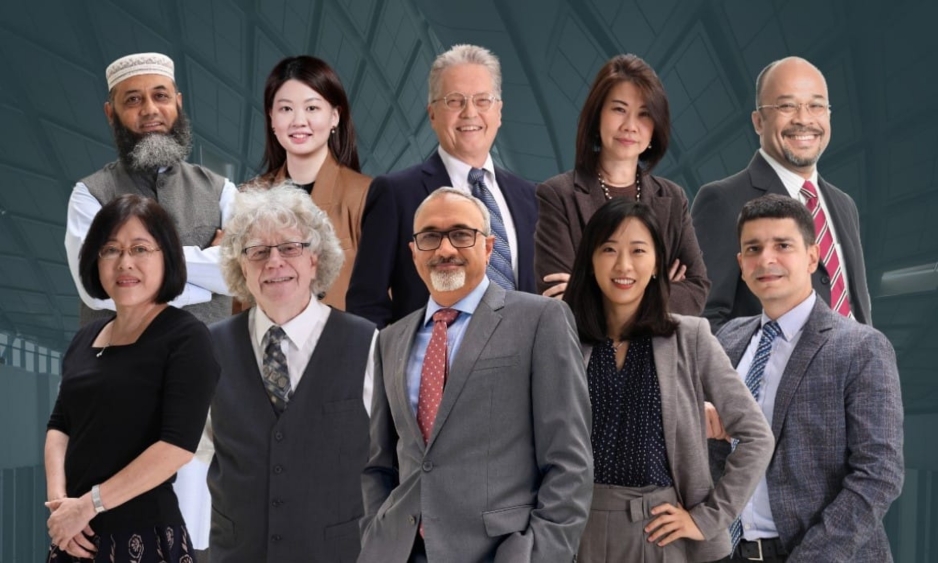Many of us are waiting for the day that our respective governments declare the ‘lockdowns’ over and we can continue on with life as we once knew it. There is however a misconception that everything will go back to normal anytime soon. A lockdown is not a cure, it’s a measure to ensure that the spread of the virus is curtailed, buying us time to find solutions while keeping the healthcare systems able to treat those who are in need.
Bill Gates argues that things will only get back to normal once a vaccine is developed which will take anywhere between 18-36 months. Mobilizing such a vaccine for the world population is also another challenge which will inevitably take more time. In reality, what will probably happen is a scenario of a ‘Socially Distant Economy’. A Socio-Economic reality where trade and commerce continue while controlling and managing the spread of the COVID-19 virus.
It is a fine balancing act between public health and economic disaster. The first step towards this ‘Socially Distant Economy’ is ensuring that the critical supply chains of food and medical services are kept operational and can meet the respective demand. While speaking in the ASB COVID-19 webinar series discussing critical supply chains, Prof Charles Fine, who serves as the Dean of the Asia School of Business & an authority in ‘Supply Chain Strategy’ , highlighted that the challenges are caused by both ‘not enough supply’ and ‘too much demand’.
Too much demand is caused by people increasing their safety stocks (hoarding) in the anticipation of no/limited supply, as well as movements in usage shifts as household consumption increases from more people staying at home. It is ok if a few families increase their consumption, but if all households increase its consumption by just 10%, it creates a major spike in demand on the larger scale.
On the supply side, lockdowns have caused bottlenecks in various points of the supply chain via inability to work, lack of mobility, closure of manufacturing, breakdown of logistics or even capital which is not able to flow. There are, of course, solutions to these problems but as the problems stems from government policy, the solution should also start from the same source.
Alok Mishra, CEO of a consultancy that helps MedTech companies build capabilities in strategy and marketing, argues that policy makers have a crucial role to play in ensuring that supply chains continue to function. In the same webinar which was moderated by ASB Senior Director of Corporate Development Zalina Jamaluddin, Alok who has vast experience in the medical supplies industry advocates that the medical supply chain is a critical function that must continue to work in our ongoing battle against COVID-19.
The medical services supply chain must be viewed holistically not only from a facility and equipment point of view but also from a human capital perspective. There are only a finite number of ready health professionals available and keeping them safe, able and willing to work is of utmost importance. Without them, all the facilities and equipment are rendered useless.
Governments need to pay attention to all the factors that enable the medical industry to operate and ensure that all the chains of supply leading up to it are allowed to run within the confinements of the lockdown. The question that arises now is how do you open up supply chains without the supply chains themselves being a potential cause for the spread of the virus.
Automation is of course what naturally comes to mind, but Prof Fine argues that the complexity and inter relation of modern supply chains makes it difficult to automate them in a hurry. Food supply chains are relatively heavy on manual labor and while automation can be introduced, it may take some time to do so. An immediate solution is to adjust work and processes to be ‘Socially Distance’ compliant and for industries to think about how they can protect their workers while keeping supply chains functioning.
A more data centric approach to assessing supply and demand may also help in determining what needs to be produced and in what quantities. For this, governments need to step in, collate and share such data with industry so that uncertainty is reduced. Governments also need to work closely with industry in identifying and then strengthening the weak links in the critical supply chains.
If this can be done, and with safety measures introduced, there is a chance that we may be able to strike a balance and create ‘Socially Distant Supply Chains’ that can feed the essential demand for food and medical services. It is then upon policy makers to look at other non-critical supply chains and see how they can be opened up safely as prolonged lockdown does not seem to be a sustainable solution.
The ASIA SCHOOL of BUSINESS holds a weekly webinar on topics in response to COVID-19.







